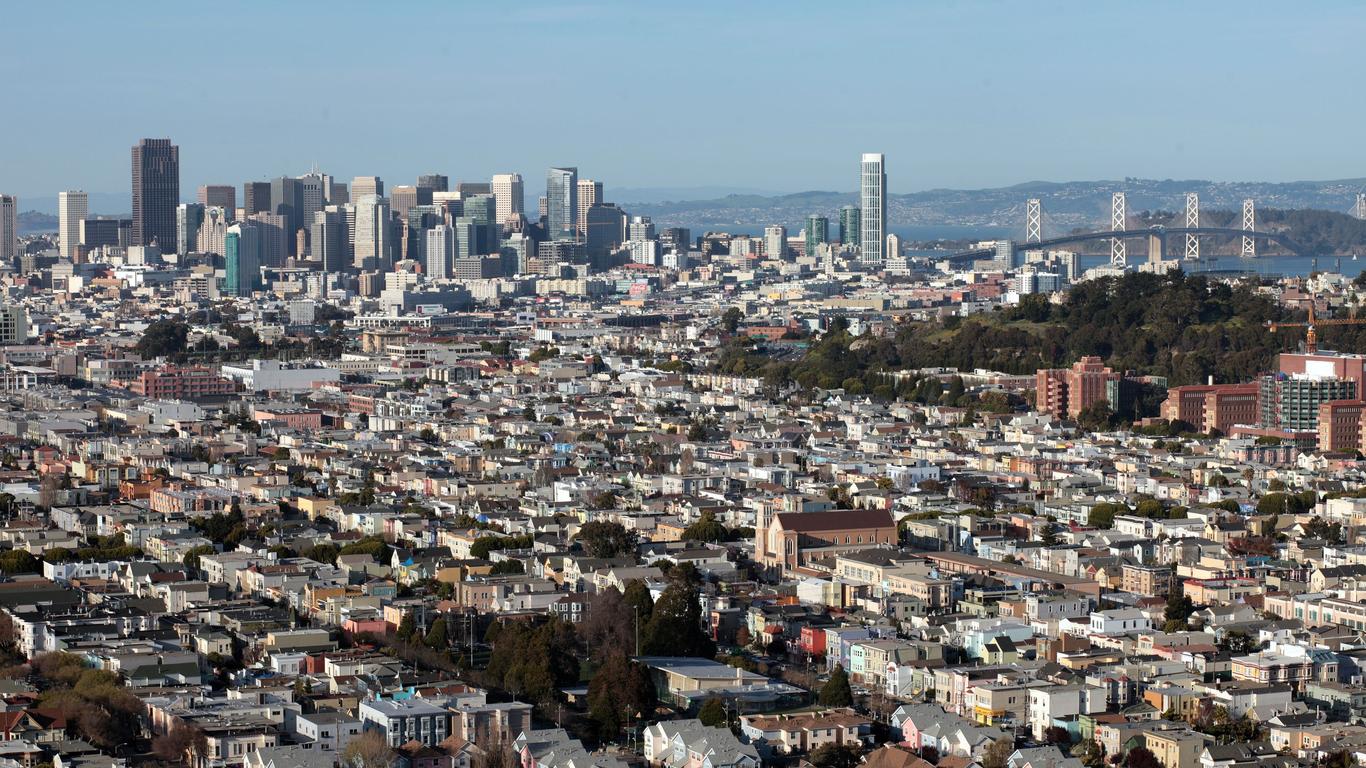Often referred to as “South City”, this Bay Area city lies in a valley just to the north of the San Francisco International Airport. It boasts impressive views across the bay, with hills that shield it from the fog San Francisco is renowned for and is noted for the large white letters on Sign Hill which have proudly declared it as “South San Francisco, The Industrial City” since 1923.
Grand Avenue is the heart of South San Francisco, lined with buildings dating back to the city’s earliest days including the neo-colonial Georgian City Hall, designed after Philadelphia's Independence Hall, together with the Carnegie Library and the Metropolitan Hotel, built by the Meat Packers Consortium in 1912. Orange Memorial Park is one of the city’s most beautiful green spaces, with picnic grounds, a sculpture garden, children’s playground and Saturday farmer’s market, while its 28-metre tall Wind Harp sculpture stands as the largest aeolian harp in the world. Undoubtedly South San Francisco’s most popular attraction is Sign Hill, with the heritage-listed landmark visible across the peninsula. It’s been recognised as an outstanding example of 20th century “civic boosterism” and the role that local industries have played in not only the regional economy but also the war effort. Today this iconic sign is surrounded by a city park with numerous hiking trails to explore and offers fantastic panoramas across the Bay Area.
South San Francisco is connected to the city of San Francisco, the SFO international airport and the East Bay along the rapid transit system, with free shuttle services between the downtown area and the main BART station. There are also ferry services between the Oyster Point Marina and both Oakland and Alameda in the East Bay area during weekday commuter hours.
The area that is now South San Francisco was originally part of an early 19th century Mexican land grant, before being conceived as an industrial suburb towards the end of the century by a group of influential meat packing companies. Other industries soon moved into the area, including paint manufacturers, lumber and steel yards, brick and pottery works, firmly establishing the city as an industrial hub dubbed “the smokestack capital of the Peninsula”.





